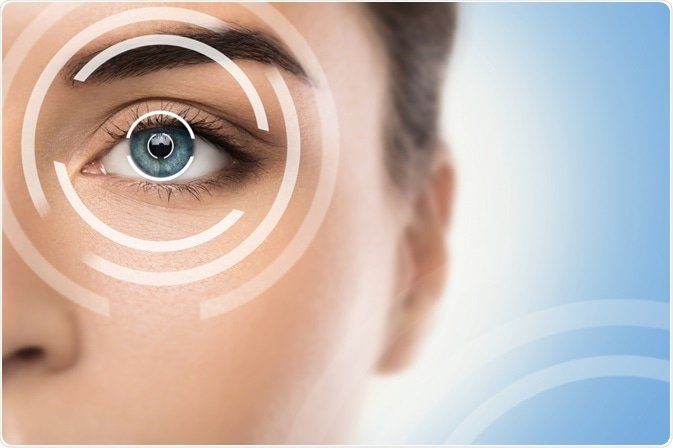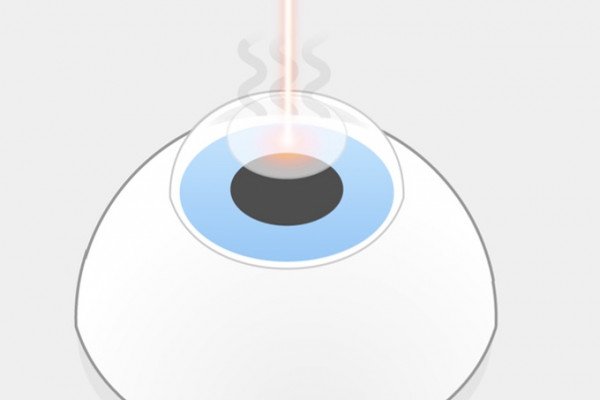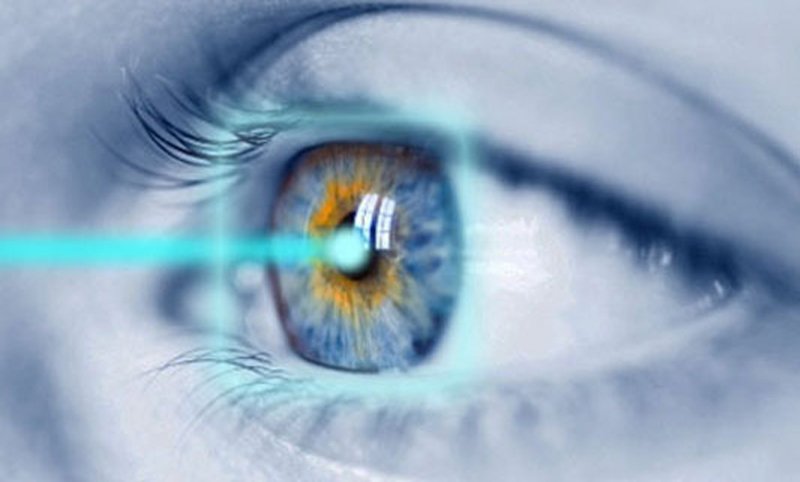LASIK AND REFRACTIVE SURGERY
LASIK AND REFRACTIVE SURGERY

LASIK AND REFRACTIVE SURGERY
LASEK

 TRANS PRK
TRANS PRK

Trans PRK
 ADVANTAGES OF TRANS PRK
ADVANTAGES OF TRANS PRK
 No Incision Or Flap Created In The Cornea.
No Incision Or Flap Created In The Cornea.  No Touch – All Laser.
No Touch – All Laser.  Removes Epithelium More Preciously And Early Than Manual PRK.
Removes Epithelium More Preciously And Early Than Manual PRK.  Wound Surface – Usually Smaller, So It Heals Quickly.
Wound Surface – Usually Smaller, So It Heals Quickly.  Wound Surface – Usually Smaller, So It Heals Quickly.
Wound Surface – Usually Smaller, So It Heals Quickly.  Overall Treatment Time Is Shortened..
Overall Treatment Time Is Shortened.. Advantages of Trans PRK


DILATING EYE DROPS
BLOCKED OR RESTRICTED DRAINAGE IN YOUR EYE

MEDICATIONS EX : CORTICOSTEROIDS

POOR BLOOD FLOW TO YOUR OPTIC NERVE

HIGH OR ELEVATED BLOOD PRESSURE
 Eligible candidates for corneal refractive surgery
Eligible candidates for corneal refractive surgery  At least 18 year of age.
At least 18 year of age. Have healthy eyes that are free from any eye disease or corneal abnormalities leg scar, infection.
Have healthy eyes that are free from any eye disease or corneal abnormalities leg scar, infection. All other parameters in the eye being reasonably normal.
All other parameters in the eye being reasonably normal. Normal pre operative refractive surgery tests.
Normal pre operative refractive surgery tests. Should not have any connective tissue disease (Rheumatoid arthritis ) , autoimmune (SLE) and AIDS.
Should not have any connective tissue disease (Rheumatoid arthritis ) , autoimmune (SLE) and AIDS. Should not be pregnant or nursing mother.
Should not be pregnant or nursing mother. What is the procedure and follow-up
What is the procedure and follow-up Procedure :
Please remember that of you are a contact lens wearer, you have to discontinue your contact lenses at least 2 weeks prior to your Lasik appointment ( as the contact lens can alter the shape of the cornea ) during this period you can wear spectacles.
As part of Lasik workup, your eyes will be dilated for retina examination which will cause your vision to be slightly blurred and you may not be in a position self drive.
Treatment is planned as per persons needs, age and glass power to give precise results.
 What to expect during the procedure
What to expect during the procedure  Anesthetic drops are installed on the eye
Anesthetic drops are installed on the eye Your eyes will be positioned under the laser and lid speculum is used to keep the eyelid open
Your eyes will be positioned under the laser and lid speculum is used to keep the eyelid open Based on the type and refractive procedure, surgeon will create the flap or the bed for the refractive procedure.
Based on the type and refractive procedure, surgeon will create the flap or the bed for the refractive procedure. You will be asked to look at the target light for a short while as the laser sends pulses of light to your cornea
You will be asked to look at the target light for a short while as the laser sends pulses of light to your cornea You will also hear a sound while the laser is operating. Lasik will be performed on each eye separately at the same setting.
You will also hear a sound while the laser is operating. Lasik will be performed on each eye separately at the same setting. Immediately after the procedure
Immediately after the procedure  After the procedure is done, the surgeon will take a look at your eyes on the slit lamp
After the procedure is done, the surgeon will take a look at your eyes on the slit lamp Post lasix instruction will be given
Post lasix instruction will be given After resting for a short period of time, you will be able to go home.
After resting for a short period of time, you will be able to go home. Follow up
Follow up Follow up
Patient will be received on the next day following the procedure. in lasix bcl is removed on the 1st post operative day and hans prk is removed after 4-5 days.
 Post refractive surgery instruction
Post refractive surgery instruction  Meld to moderate tearing is expected after the procedure
Meld to moderate tearing is expected after the procedure A sense of foreign body sensation and creations are common
A sense of foreign body sensation and creations are common Small red spots on the white surface of the eye occasionally appear.
Small red spots on the white surface of the eye occasionally appear. Sensitivity to bright light (corneal haze on the day of the procedure).
Sensitivity to bright light (corneal haze on the day of the procedure). Do’s
Do’s  Investigation of eye drops as per instructions
Investigation of eye drops as per instructions Do not touch or rub the eyes
Do not touch or rub the eyes Do not take head bath on splash water in to the eye for swipes
Do not take head bath on splash water in to the eye for swipes Do not clean the eye on the day of surgery
Do not clean the eye on the day of surgery Do not use eye cosmetics for one month
Do not use eye cosmetics for one month Avoid exercise for 1 week
Avoid exercise for 1 week Avoid self driving for 1 week
Avoid self driving for 1 week What are the side effect.
What are the side effect.  There is a possibility that you may still need spectacles or contact lenses to attain good vision following treatment
There is a possibility that you may still need spectacles or contact lenses to attain good vision following treatment Patient may have light sensitivity, halos, dryness and glare after treatment
Patient may have light sensitivity, halos, dryness and glare after treatment Very rarely severe complications during or after corneal refractive surgery ( eg. flap problems, infections) can result and may need extensive treatment.
Very rarely severe complications during or after corneal refractive surgery ( eg. flap problems, infections) can result and may need extensive treatment. What are the alternatives
What are the alternatives Spectacles and contact lenses are the most common method of correcting refractive errors. The other option to correct your vision is ICL (Implantable contact lens)
